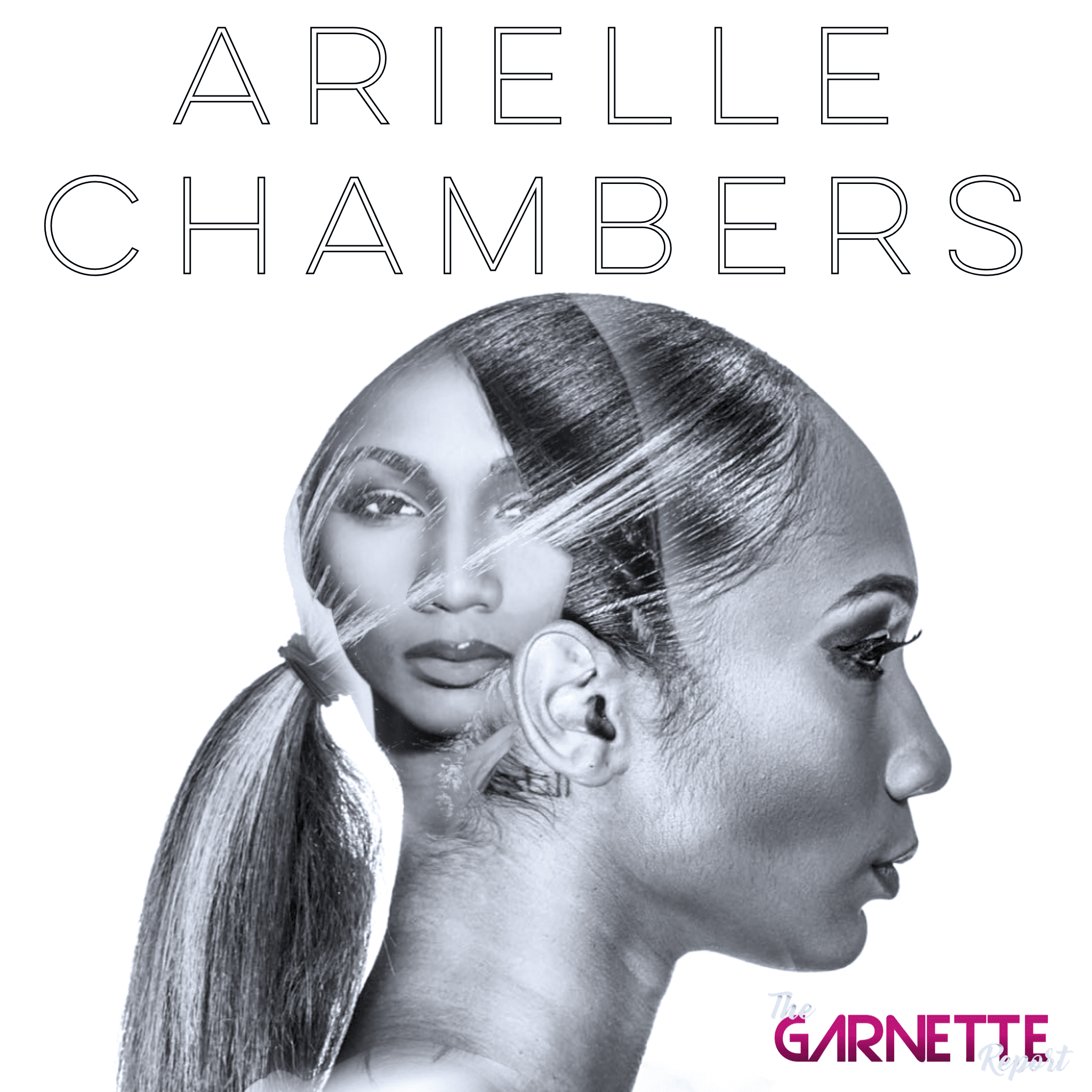
Journalist Arielle Chambers Is Pushing Back Against Inequality in Sports
New York native, Arielle Chambers is a woman of many talents. She has made a name for herself as a model, host, writer, and most notably, a sports-journalist. She was educated at NC State, Oxford University, and Harvard University in writing and business. As a model, she worked with Footlocker, Adidas, and been featured by Cosmopolitan and Vogue Italia. Currently, she works as a sports-journalist, and writes for Bleacher Report and High Post Hoops on the WNBA and women’s NCAA basketball. However, even with all of this on her plate, first and foremost, Chambers uses her platform to empower women and push for equality in sports-journalism.
https://www.instagram.com/p/CANp9DqDper/?utm_source=ig_web_button_share_sheet
Chambers has always been passionate about basketball, but her choice to specifically cover women’s basketball came from noticing a huge discrepancy between male and female sports.
Just to scratch the surface, there is a historic and consistent gender inequality between men and women in sports. This pertains to the handling of their marketing, publicity, opportunity, and salary. In general, this wage gap between men and women is seen across all different sports. In men’s and women’s soccer, The Wall Street Journal found that despite the US women’s soccer team proving more profitable (and successful) than the men’s team, their salaries are considerably less. On average, a female US soccer player will earn about $4,950 per game, whereas a male US soccer player will earn an average salary of $13,166 per game. The discrepancy is even more ridiculous in men’s and women’s basketball. According to Forbes Magazine, in 2019, the highest salary in the WNBA was $117,500 for a season. In contrast, the highest salary in the NBA was a whopping $37.4 million for a season.
Chambers noticed these inequalities in women’s basketball. They weren’t even getting half the coverage the NBA was getting. She wanted to bring attention to these women and their season, so she decided to cover them herself.
And cover them herself she did. Since then, Chambers became a host for the Women’s National Basketball Association. Here she covered the most anticipated games in women’s basketball, including the WNBA All-Star game and NCAA Women’s Final Four. She lends her talents to Bleacher Report, Fansided, and High Post Hoops to report on breaking news in women’s basketball. Furthermore, she uses her social-media-accounts with 17k and 12k followers on her Instagram and Twitter respectively, to bring attention to the issues that plague sports and society.
In a notoriously male-dominated career, Chambers had to be ambitious and outspoken. Chambers is aware of her influence and constantly speaks to her position as a black woman facing hyper-sexualization and sexism in sports journalism. She hopes to be a role model for other black children and continue to give women a platform. On the matter, she told Coveteur magazine:
“Our bodies are ours, our sex appeal is ours, our knowledge is ours. It is not our fault people can’t handle [or] are not ready for it. It is not our responsibility to carry that burden. As long as we’re well versed in our beat (the team or sport we cover) and do our job well, no one can say a thing, I hope that there will be no doubt in a black child’s mind that they can make it in sports journalism,” .


